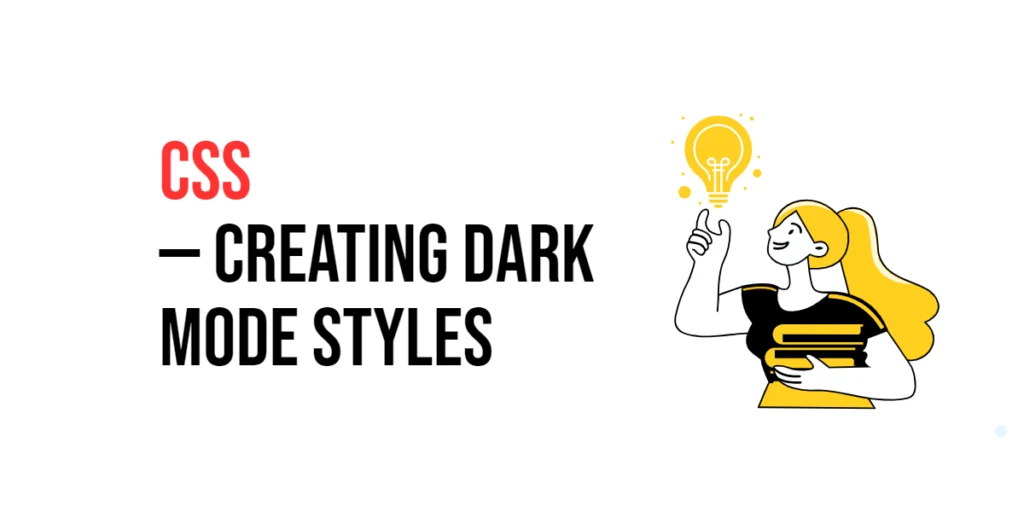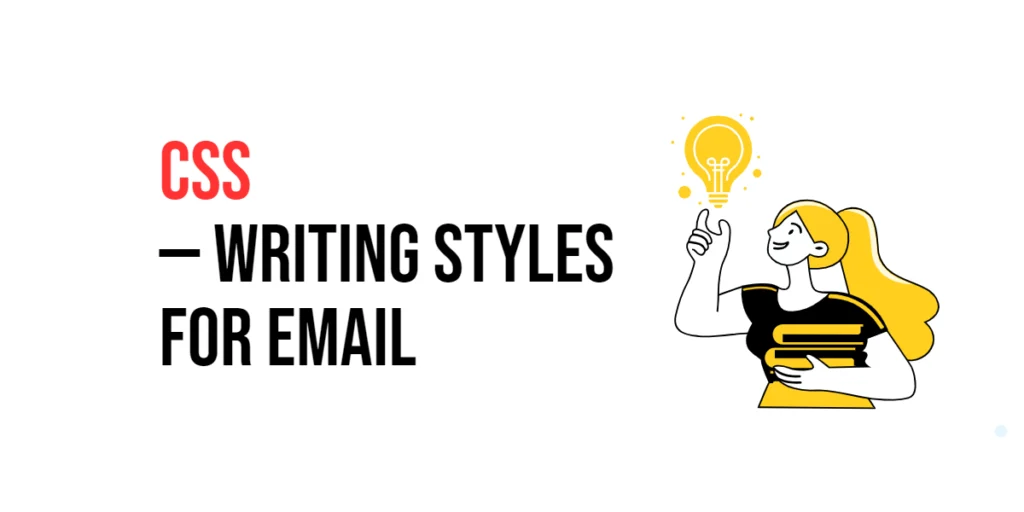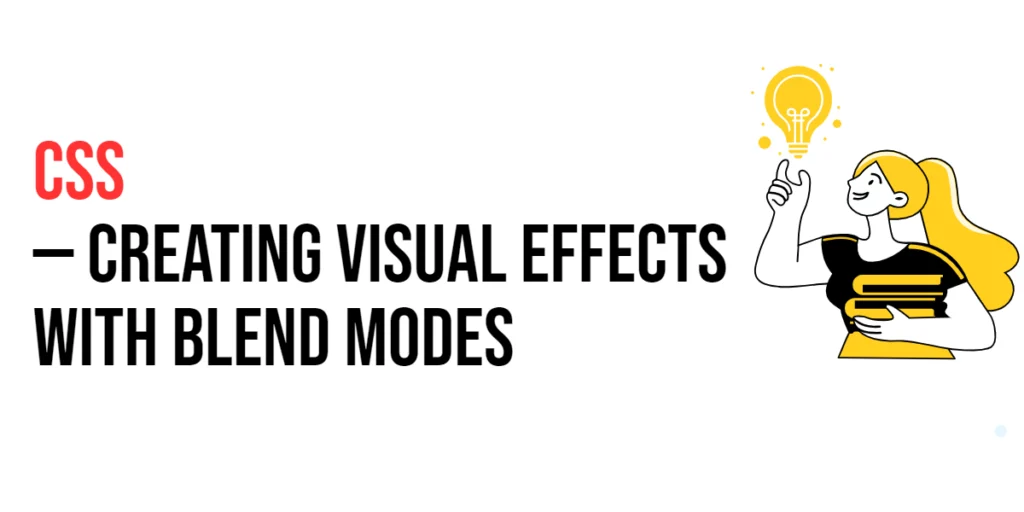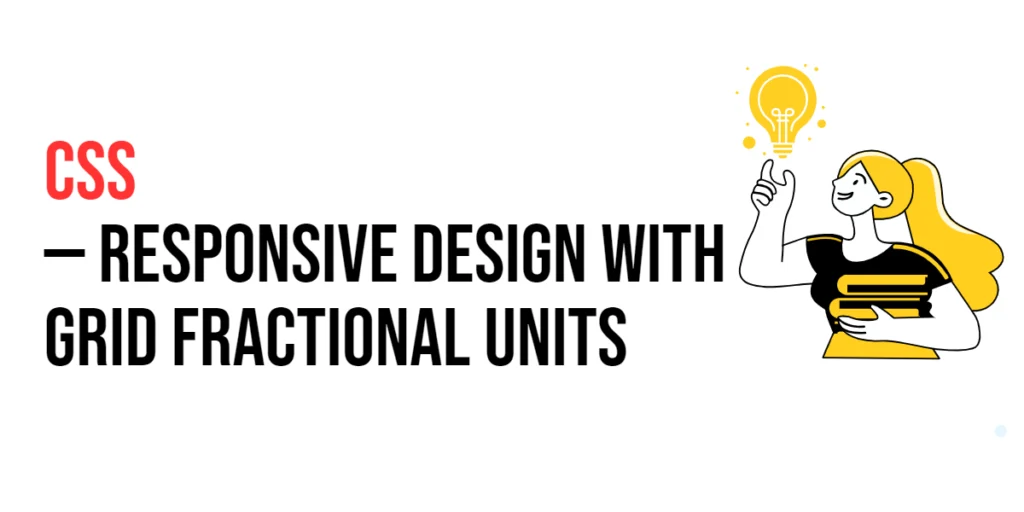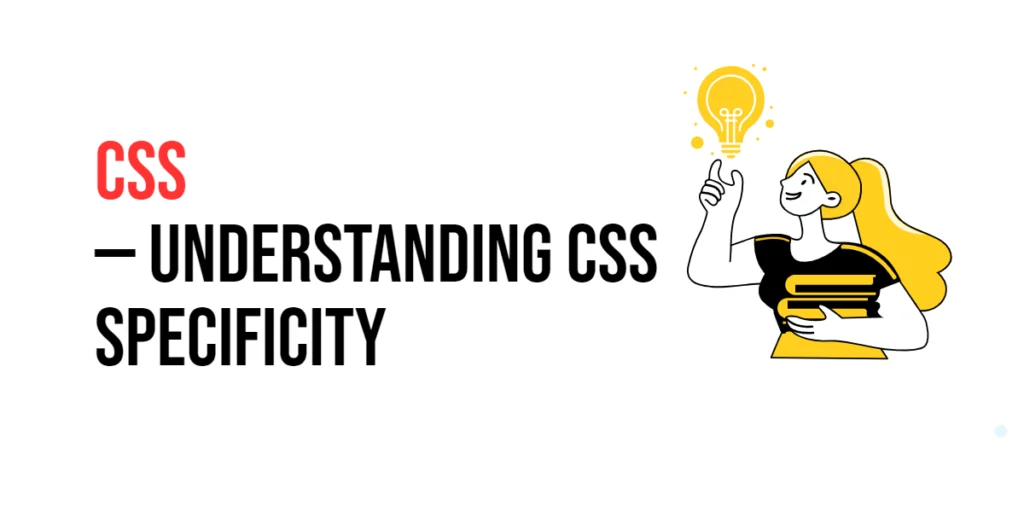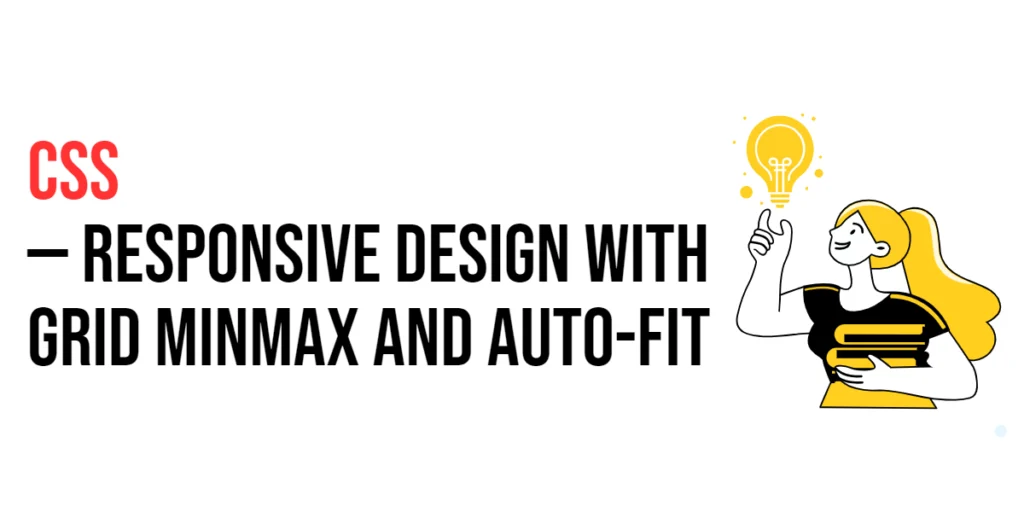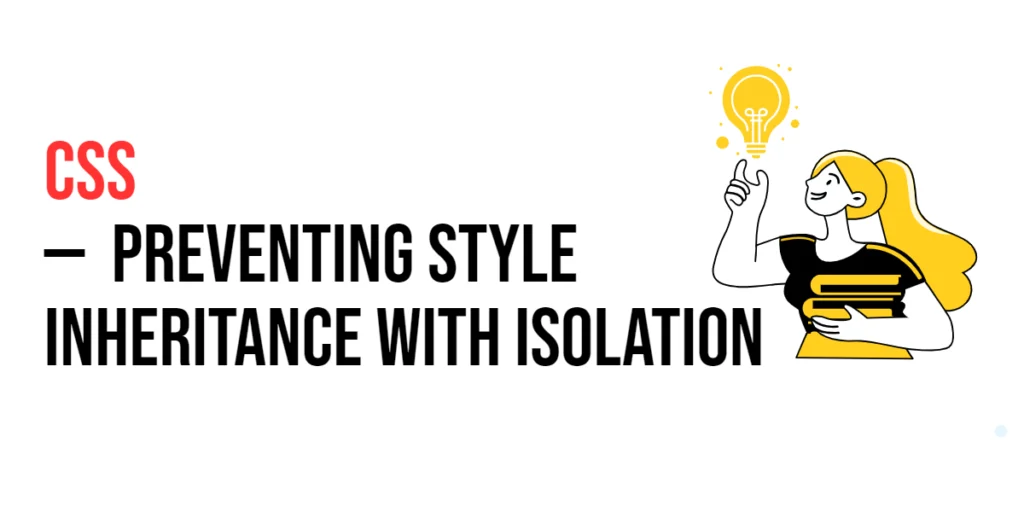CSS: Optimizing Mobile Styles with CSS
Optimizing styles for mobile devices involves designing and developing web pages that provide an optimal viewing experience on smaller screens. This includes ensuring that text is readable, images are appropriately sized, and navigation is easy to use on mobile devices. Mobile optimization is essential in today’s web development landscape, as an increasing number of users […]
CSS: Optimizing Mobile Styles with CSS Read More »

